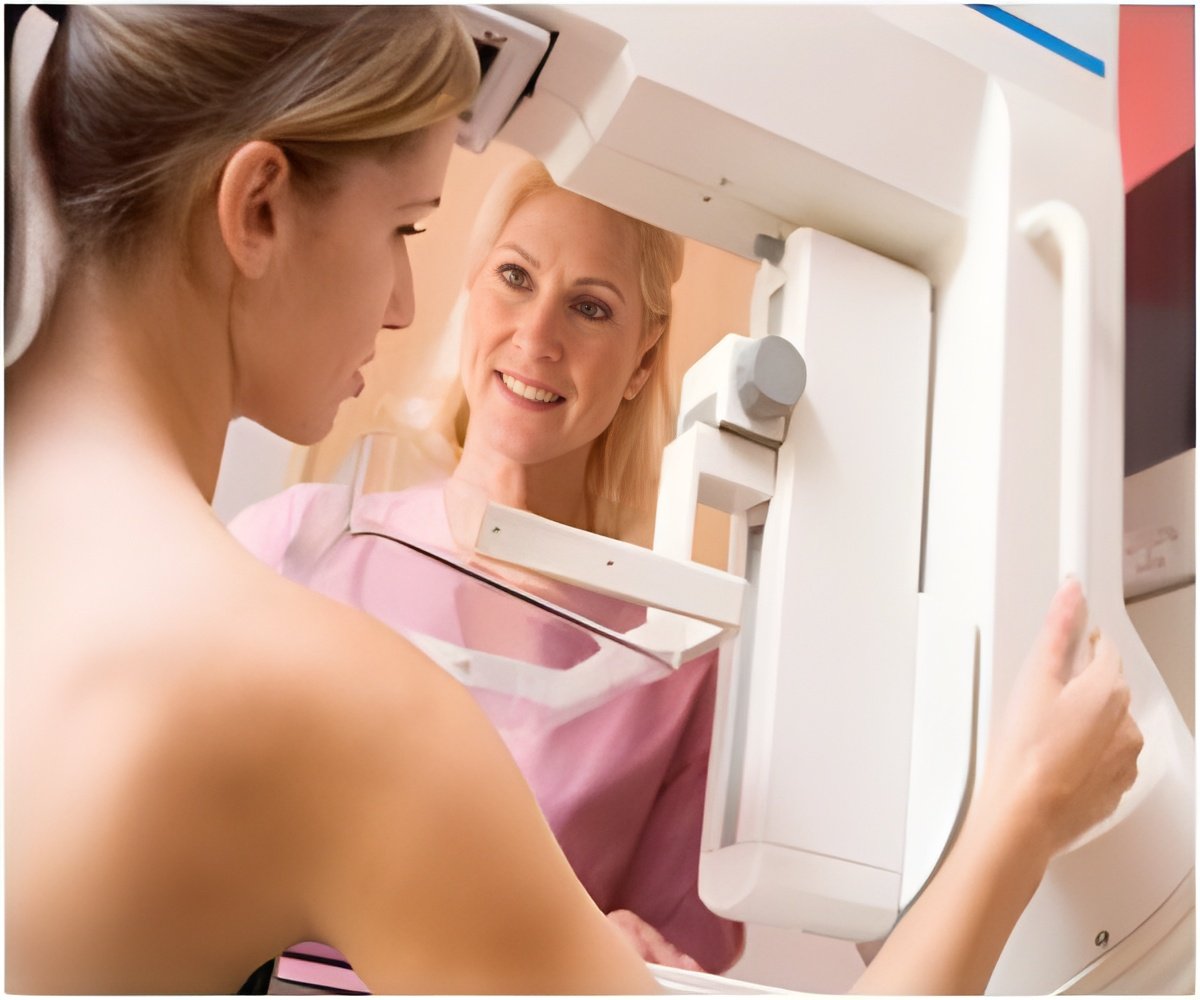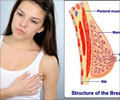Benefits of mammography screening are often overestimated, while harms are underestimated, suggests a comprehensive review of 50 year's worth international studies assessing the benefits and harms.

The American Cancer Society estimates that about 40,000 U.S. women will die of breast cancer this year. In 2009, based on evidence that the benefit-risk ratio for mammography screening is higher among women over 50 and with less frequent screening, the U.S. Preventive Services Task Force (USPSTF) reversed its previous recommendation of mammography every one to two years beginning at age 40, and recommended routine screening every two years starting at age 50, the researchers noted. The recommendations remain controversial among the general public and the medical community. Recent evidence suggests that use of mammography in the U.S. has not changed following the updated recommendations.
"What I tell my patients is that the mammogram is not a perfect test," said Nancy Keating, co-author of the report, associate professor of Health Care Policy at HMS and associate professor of medicine at Brigham and Women's. "Some cancers will be missed, some people will die of breast cancer regardless of whether they have a mammogram, and a small number of people that might have died of breast cancer without screening will have their lives saved."
The authors report that the best estimate of the reduction in mortality from breast cancer due to annual screening for women overall is about 19 percent. For women in their 40s, the reduction in risk was about 15 percent, and for women in their 60s, about 32 percent. But how much a woman benefits depends on her underlying risk of breast cancer. Moreover, mammography is associated with harms that may be shared by all women who receive the screening tests, not just the women who eventually benefit from them.
The researchers estimated that among 10,000 women in their 40s who undergo annual mammography for 10 years, about 190 will be diagnosed with breast cancer. Of those 190, the researchers estimate that about 5 will avoid death from breast cancer due to screening. About 25 of the 190 would die of breast cancer regardless of whether they have a mammogram or not. The rest will survive, thanks largely to advances in breast cancer treatment.
However, according to Keating, the chief harm associated with mammography is the risk of overdiagnosis. This is the diagnosis of cancers that never would have become clinically evident during a woman's lifetime, either because the cancer never grew or because the patient died first of another cause. While it is impossible with current techniques to know which cancers we could safely observe and which need to be treated, the review cites findings that roughly 19 percent of women who are diagnosed based on findings from a mammogram are overdiagnosed. That means that roughly 36 of the 190 women who received annual mammography for 10 years and were diagnosed with breast cancer would receive unnecessary surgery, chemotherapy or radiotherapy.
Advertisement
"While we need more research on mammography's benefits and harms today, existing data suggest that we have been overestimating the benefits of mammography and underestimating the harms over the years," said co-author Lydia Pace, research fellow in women's health at Brigham and Women's. "It is really important to have informed discussions with our patients to help them understand the chances that a mammogram will benefit them as well as the possible downsides of getting a mammogram, so that they can incorporate their own values and preferences in making the right decision for themselves."
Advertisement
Keating emphasized the importance of individualizing screening recommendations based on a patient's personal profile. Overdiagnosis is a particular concern among women with limited life expectancies, either due to age or some other condition. "I have 80-year-olds in my practice with life expectancies of 15 or 20 years, and 60-year-olds who will likely only live another year or two," she said. "Those two kinds of patients need different recommendations about whether to continue screenings, and it can't be based simply on the patient's age."
The researchers said that they hope that this systematic review of the literature on the risks and rewards of mammography for patients will help physicians understand the complex data, and will encourage the development and use of tools for customizing the information they share with their patients to meet each patient's individual needs. The researchers also noted that more work needs to be done to fully understand the harms of mammography.
Source-Eurekalert












